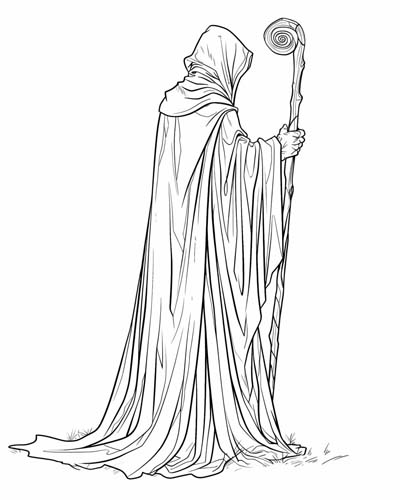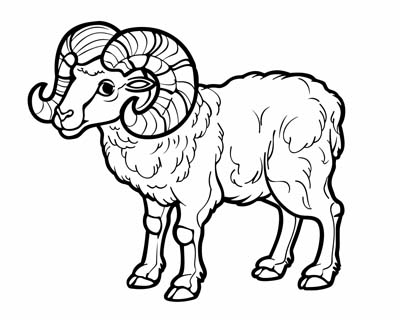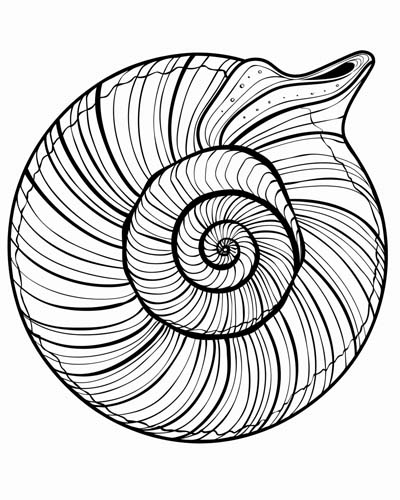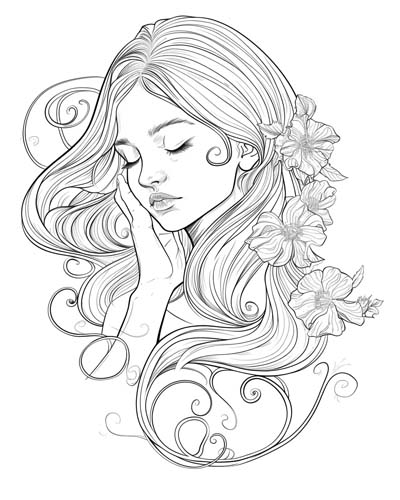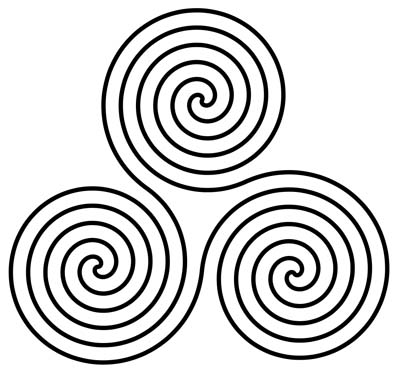Printable Coloring Pages
Celtic Spiral Shape Coloring Pages
The spiral shape held a central place in Celtic culture, manifesting in their art and encapsulating their profound connection to the natural world. This pattern was not merely decorative; it represented key concepts such as growth, the passage of time, and the interconnectedness of life, deeply resonating with the Celtic understanding of the universe.
About Celtic Spiral Shapes:
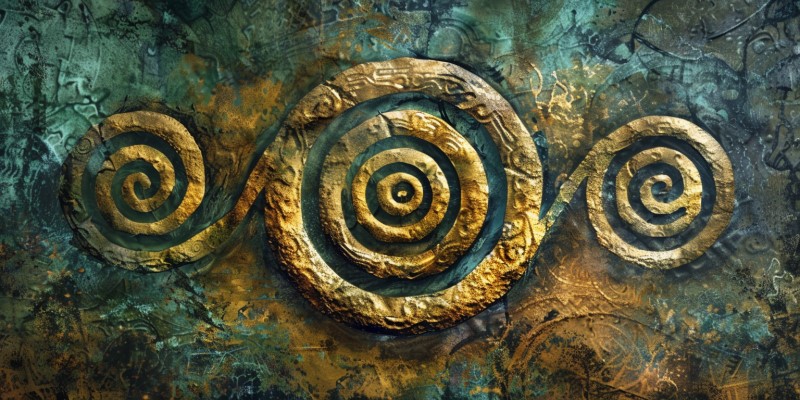
In their daily lives and surroundings, the Celts observed numerous instances of natural spirals that inspired this symbolism. The gentle unfurling of ferns in the spring, known as fiddleheads due to their resemblance to a violin's scroll, provided a perfect example of this pattern in the plant kingdom. Similarly, the intricate spirals found in the shells of snails and mollusks showcased the motif in the animal world, reflecting the mathematical precision and beauty found in nature.
Beyond plant life, the Celts would have seen spirals in the animal kingdom, most notably in the horns of rams. These curved horns, growing in a spiral fashion, symbolized strength, vitality, and the cyclical nature of existence. Rams were revered animals in many ancient cultures, including the Celts, and their spiral horns added another layer of symbolic meaning to this already potent symbol.
The movement of vines, the blooming patterns of certain flowers, and even the grander scale of the galaxies in the night sky all echoed this spiral theme, reinforcing the Celts' belief in the interconnectedness of all things, from the smallest shell to the vastness of the cosmos.
This symbolism was intricately woven into Celtic art and monuments. Spirals adorned stone carvings, metalwork, and illuminated manuscripts, serving as a visual reminder of these fundamental beliefs. The spiral motif in Celtic art is not just a testament to their artistic skill but also an insight into their worldview, where the natural world was a source of spiritual insight and inspiration.
The spiral, therefore, was more than just a common design in Celtic culture; it was a symbol that connected them to the earth, the divine, and the mysteries of life and death. Through the observation of spirals in nature, such as the ram's horns and the unfurling of ferns, the Celts found a powerful motif that reflected their deep reverence for the natural world and its cycles.

